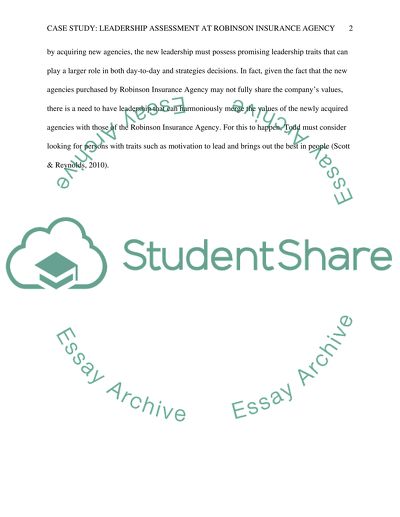Cite this document
(“Case Study: Leadership Assessment at Robinson Insurance Agency Research Paper”, n.d.)
Case Study: Leadership Assessment at Robinson Insurance Agency Research Paper. Retrieved from https://studentshare.org/psychology/1483327-case-study-leadership-assessment-at-robinson
Case Study: Leadership Assessment at Robinson Insurance Agency Research Paper. Retrieved from https://studentshare.org/psychology/1483327-case-study-leadership-assessment-at-robinson
(Case Study: Leadership Assessment at Robinson Insurance Agency Research Paper)
Case Study: Leadership Assessment at Robinson Insurance Agency Research Paper. https://studentshare.org/psychology/1483327-case-study-leadership-assessment-at-robinson.
Case Study: Leadership Assessment at Robinson Insurance Agency Research Paper. https://studentshare.org/psychology/1483327-case-study-leadership-assessment-at-robinson.
“Case Study: Leadership Assessment at Robinson Insurance Agency Research Paper”, n.d. https://studentshare.org/psychology/1483327-case-study-leadership-assessment-at-robinson.


